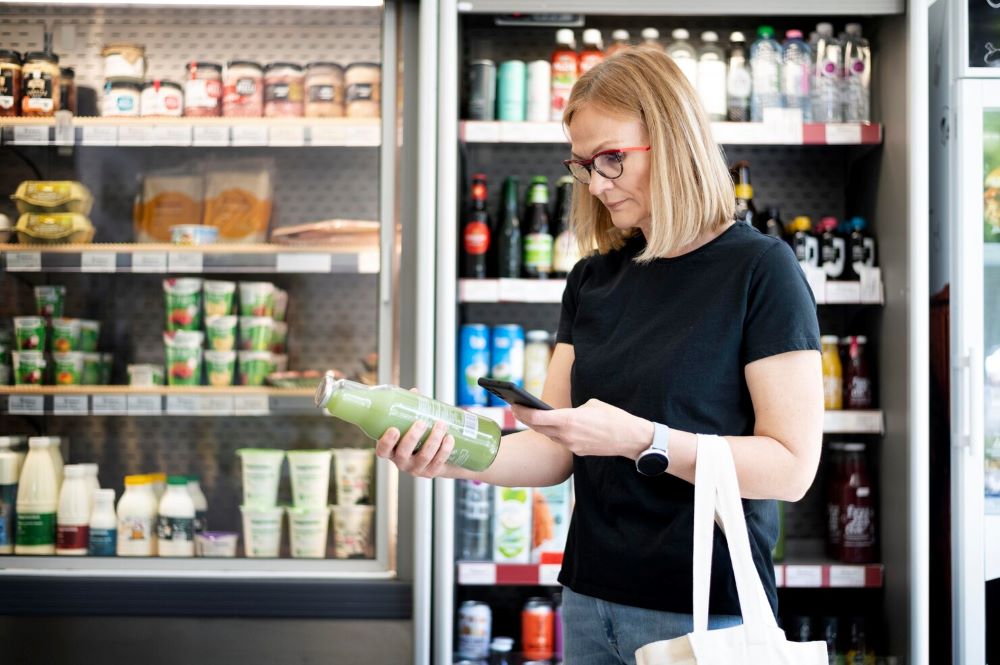Despite the rapid growth of e-commerce, physical stores remain vital for retail for several key reasons:
1. Tangible Customer Experience
- Physical Interaction: Shoppers still value the ability to touch, try on, and physically examine products before purchasing, especially for items like clothing, electronics, and furniture. This tactile experience is hard to replicate online.
- Instant Gratification: In-store shopping provides immediate access to products, unlike online shopping, where customers must wait for delivery. This is especially appealing for urgent or high-involvement purchases.
2. Brand Experience and Engagement
- Immersive Brand Environment: Physical stores allow brands to create immersive environments that reflect their identity and values. Through visual merchandising, store layout, and in-person customer service, retailers can craft a personalized shopping experience that strengthens customer loyalty.
- Human Interaction: Despite technological advances, many shoppers still appreciate human engagement. Knowledgeable in-store staff can provide personalized advice, enhance customer service, and build trust, fostering stronger brand relationships.
3. Omnichannel Integration
- Hybrid Shopping Models: Physical stores play a critical role in omnichannel retail strategies by bridging online and offline experiences. Services like buy online, pick up in-store (BOPIS), click-and-collect, and ship-from-store integrate physical locations with digital channels, giving customers more options and convenience.
- Product Returns: In-store returns for online purchases are a major draw for customers, as they allow for faster and easier returns or exchanges. This enhances customer satisfaction and reduces the friction associated with e-commerce returns.
4. Showrooming and Experiential Retail
- Showrooming: Many consumers visit stores to see and test products before buying them online. Retailers leverage this by creating “showroom” spaces, where customers can experience products in a curated, interactive way. These stores may not stock large inventory but instead offer immersive experiences.
- Experiential Retail: Physical stores are evolving to offer more than just products. Many stores now focus on providing unique in-store experiences—such as workshops, events, or exclusive offers—designed to engage customers and drive foot traffic.
5. Community and Local Presence
- Community Building: Stores often serve as community hubs, offering a place for people to gather, socialize, and engage with a brand or product. This fosters a sense of belonging and loyalty.
- Local Market Reach: Physical stores give brands direct access to local markets, which is essential for building trust and tailoring experiences to specific demographics.
6. Sales and Marketing Synergies
- Cross-Channel Sales: Physical stores drive brand awareness and can boost online sales. For example, customers may discover a product in-store, but later purchase it online. This synergy enhances overall sales performance.
- Impulse Purchases: In-store shopping encourages impulse buying more than online shopping. Well-placed product displays, promotions, and the sensory appeal of physical stores often lead to unplanned purchases.
7. Competitive Differentiation
- Brand Differentiation: While e-commerce provides convenience, physical stores offer unique value through personalized service, experiential marketing, and immediate product availability. This differentiation is critical for brands competing in a crowded retail market.
8. Support for Larger Purchases
- Assisted Sales: For high-consideration purchases, such as cars, home appliances, or luxury goods, physical stores offer the opportunity for live demonstrations, consultations, and in-depth product comparisons. These elements are crucial in building confidence for large financial commitments.
9. Social and Psychological Aspects
- Recreational Shopping: Many people view shopping as a leisure activity. Physical stores provide a social and recreational experience, which is difficult to replicate online. Malls and retail environments are places where people can meet, browse, and relax.
- Trust and Security: Some consumers still prefer the perceived security of in-store shopping over online transactions, particularly for products that require immediate delivery or involve sensitive personal information.
Conclusion
While e-commerce continues to grow, physical stores are essential for providing immersive, personalized, and tangible experiences that online channels can’t fully replicate. Retailers that integrate physical stores with their digital strategies—creating a seamless omnichannel experience—are better positioned to meet the diverse needs of today’s consumers.

